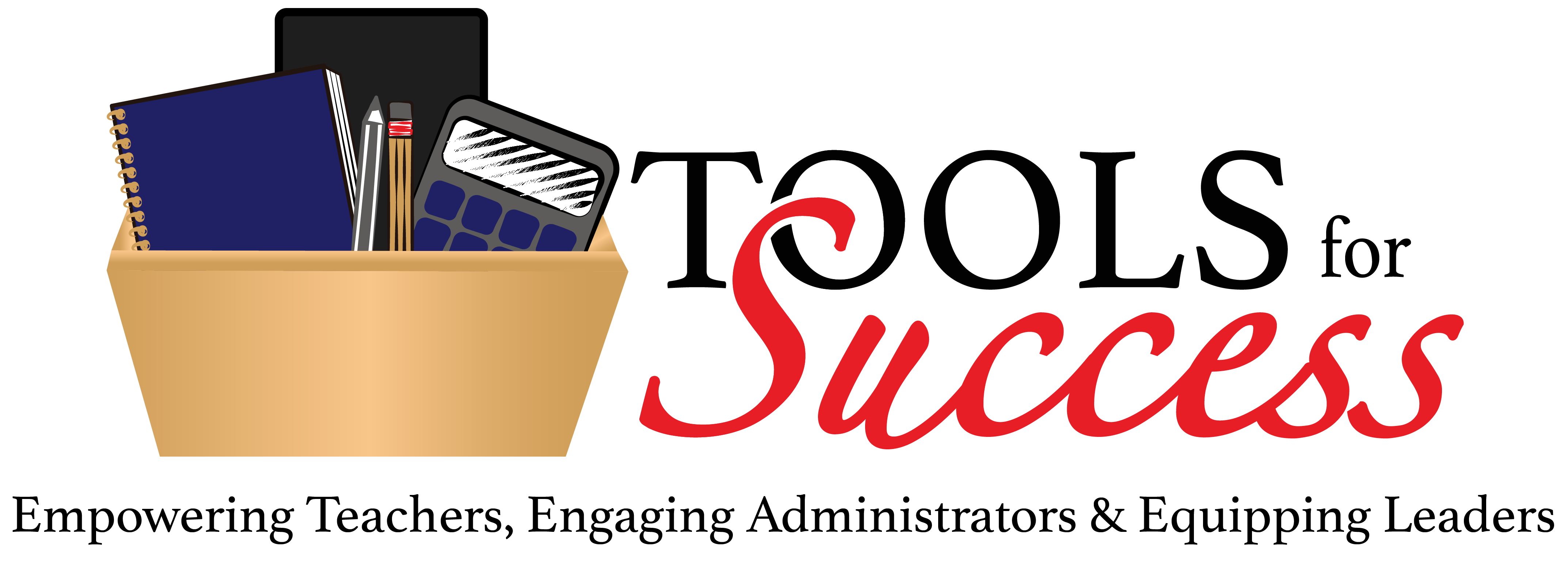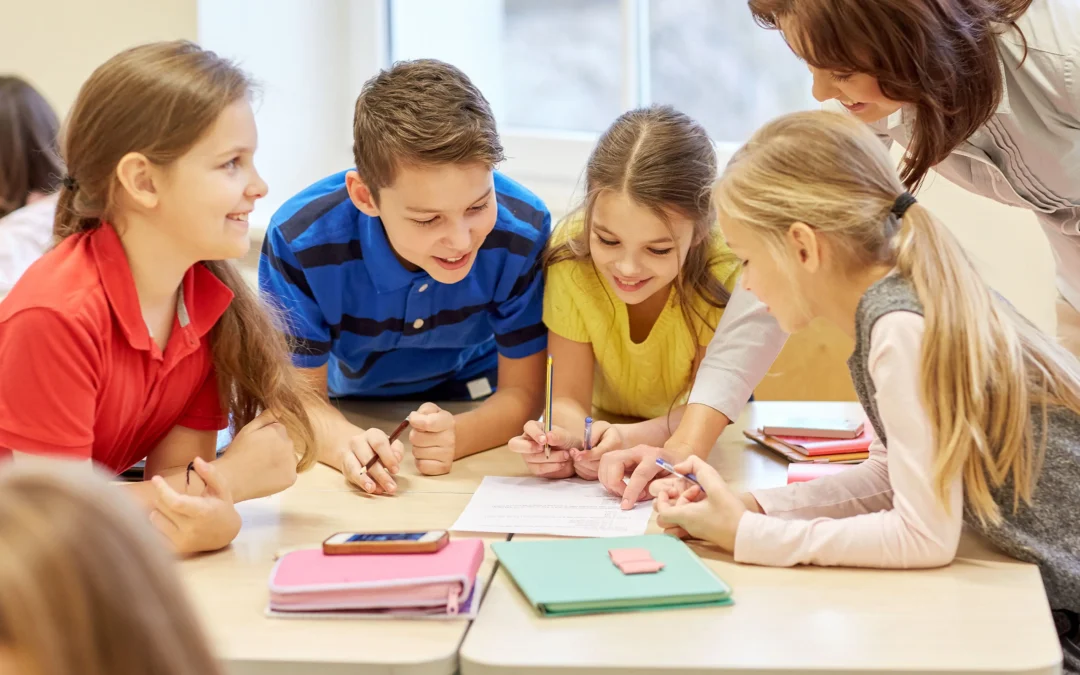Today’s classrooms are more dynamic than ever. With shifting student needs, evolving standards, and new instructional tools, educators are looking for ways to stay responsive while keeping students engaged and empowered.
One promising approach? Borrowing a few strategies from the world of agile thinking—an approach centered on flexibility, student feedback, and continuous improvement.
At Tools for Success, we believe when teachers reflect, adjust, and co-create with students, incredible things happen. That’s why we’re exploring four educator-friendly agile strategies that you can adapt for any grade level to strengthen engagement and build student ownership of learning.
1. Student Reflections That Lead to Real Growth
Just like great teachers reflect on their lessons, students should be invited to reflect on their learning experiences, too. Regular reflection helps students become more aware of how they learn—and what they need to grow.
Ideas by grade level:
- Elementary: After a math or reading unit, ask students, “What did you enjoy? What was tricky? What would you like to try next time?” Use drawings or sentence stems to support their thinking.
- Middle School: Create small-group reflection circles where students talk about what went well during a recent project or what they might do differently in the future.
- High School: Invite students to submit written reflections or quick video responses at the end of a unit, focusing on how they approached challenges and what they learned about themselves.
When students reflect, they build confidence, take more ownership, and see learning as an ongoing process—not just a final grade.
2. Visual Progress Tools That Encourage Ownership
When students can see what they’re working on and where they’re headed, they feel more in control. Visual tools like checklists or progress boards help students manage their learning and work more independently.
Ideas by grade level:
- Elementary: Use a simple classroom chart with “To Do,” “In Progress,” and “Finished” columns for daily routines or learning stations.
- Middle School: Have students use sticky notes or color-coded cards to track the steps of a group assignment or class project on a bulletin board.
- High School: Use classroom whiteboards or digital tools like Google Sheets to help students track progress on larger assignments, such as research papers or multi-step presentations.
These tools promote accountability and reduce overwhelm by breaking tasks into manageable steps.
3. Flexible Planning That Leaves Room for What Students Need
Educators know that learning doesn’t always follow a straight line. Planning with flexibility gives you room to respond to student needs, revisit challenging content, and allow time for creativity and reflection.
Ideas by grade level:
- Elementary: Leave time at the end of each week for “Choice Time” where students can revisit past activities, complete unfinished work, or explore a topic they’re curious about.
- Middle School: Designate one day each week for review, reteaching, or student conferences based on observations and formative assessments.
- High School: After each major unit, schedule a “reflection and revision” week where students review feedback, revise work, and set goals for their next unit.
This kind of planning helps you stay responsive while teaching students that growth is ongoing.
4. Student Goal Setting That Drives Purpose
When students are involved in setting meaningful learning goals, they gain a stronger sense of purpose and direction. Goal setting helps students connect daily tasks to larger outcomes, and when revisited regularly, it becomes a natural part of the reflection and growth process.
Ideas by grade level:
- Elementary: Use simple “I want to get better at…” sentence starters with visuals to help students create short-term academic or behavior goals. Revisit them weekly during morning meetings or learning conferences.
- Middle School: Guide students to write quarterly academic or personal development goals using SMART (Specific, Measurable, Achievable, Relevant, Time-bound) criteria. Build in peer or teacher check-ins every few weeks.
- High School: Invite students to create long-term goals for a subject or semester project, and pair them with action steps. Incorporate digital tools like Google Docs or goal trackers so students can reflect and revise their goals throughout the term.
Goal setting builds executive functioning skills and gives students a framework for self-directed learning. When paired with reflection and visual planning tools, it reinforces a mindset of continuous improvement.
Why This Approach Works
These four strategies—student reflection, visual tracking, flexible planning, and goal setting—are all grounded in the belief that students learn best when they feel ownership and purpose. Together, they create a classroom culture that values growth over perfection, encourages feedback, and adapts to meet students where they are.
How Tools for Success Can Help
At Tools for Success, we believe empowering teachers empowers students. We support educators with practical, research-informed strategies that foster reflective teaching and student engagement.
We offer:
- Live professional development workshops focused on building student ownership and classroom adaptability
- Annual Pathway to Success Program to help teachers integrate reflection, goal setting, student data analysis and flexible routines into daily practice all centered on student growth.
Let’s work together to build classrooms where students take the lead in their learning.
Connect with Tools for Success to explore how we can support your school or district in creating learning environments that are flexible, reflective, and full of purpose.
Reach out today to start the conversation.

